Today, we can see dozens of improvements in the automobile industry. These improvements are designed to make driving simpler, safer, and more convenient. However, not a lot of people know that these improvements also make other aspects of owning a vehicle easier.
These aspects aren’t only limited to driving but to maintenance and repair as well. Aside from dolled up car features, the devices for inspecting vehicles are improved as well. Gone are the days when people would have to tear a vehicle apart just to know what’s wrong with it.
A car code reader is just one of the dozens of car diagnostic tools out there. These are designed to go through the car’s computer and digital information. They then report the presence of trouble codes. This makes it easy for the mechanic to detect and repair the problem. Read on this article from Philkotse.com to know more about car code reader.
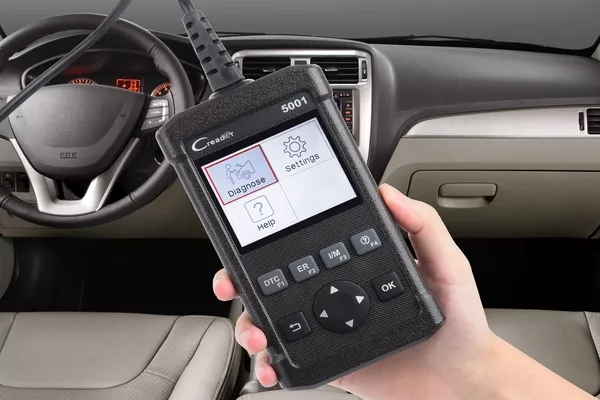
A car code reader is just one of the dozens of car diagnostic tools out there
1. How do car code readers work?
Computers in cars were first integrated into the early 80s and late 70s. Over time, more people developed the concept, and its complexity grew with time. Even the earliest car-integrated computers have the basic onboard diagnostics or also known as the OBD. This was the first-ever OEM-specific system that automakers have been using and developing ever since.
Note that OBD-II is typically inexpensive car code readers. However, there are parts stores and auto repair centers that are willing to check your car code for free. You can take advantage of this if you have a subscription to an auto repair shop. This can also be part of your insurance.
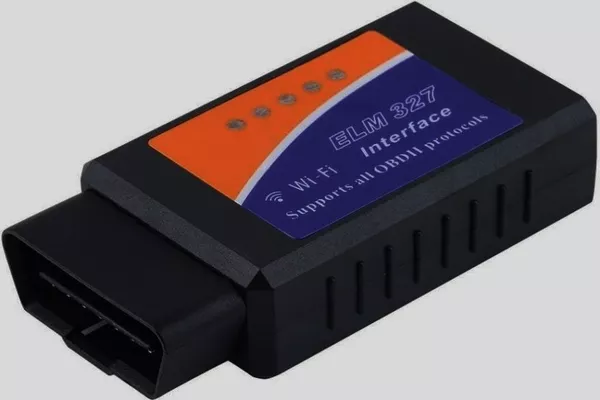
Note that OBD-II is typically inexpensive car code readers
>>> Check out: How to choose OBD-2 Scanner in the Philippines & 10 recommended products.
2. How do OBD and OBD-II work?
Both the two types of OBD-I and OBD-II work, typically the same way. They mainly monitor a variety of sensor outputs and inputs. If the OBD determines that there is some kind of trouble via a “trouble code,” the instrument will receive it. Each of the non-human readable codes corresponds to particular damage or problem.
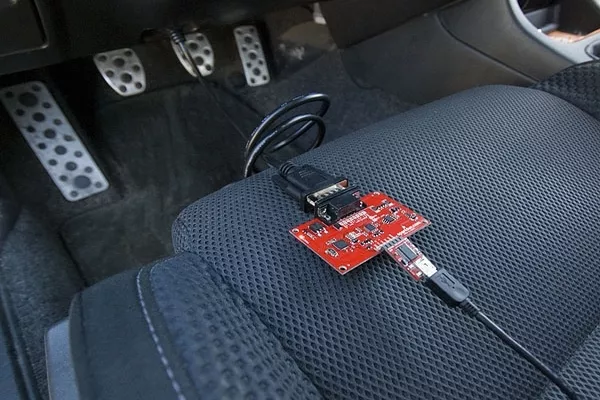
Both the two types of OBD-I and OBD-II work, typically the same way
Also, there are different types of codes that these devices can recognize. Each of these trouble codes could represent either an ongoing or an intermittent problem. If a trouble code is detected, there should be a special indicator on the dashboard that will light up.
This is what we refer to as the vehicle’s “malfunction indicator lamp” or the MIL. In more advanced systems, this is referred to as the “check engine light.” This usually means there’s a problem with one of the parts under the hood.

If a trouble code is detected, there should be a special indicator on the dashboard that will light up
You could go ahead and check the engine for potential problems with the serpentine belt or so. However, you can also detect the problem with a car code reader. Take note that there are some codes that your car code reader can’t detect.
Every OBD System comes with some kind of connector that’s able to retrieve trouble codes successfully. OBD-I systems let you use the connector to check the trouble codes without using an actual car code reader.
>>> Also check: Why you should get an OBD-2 scanner for ECU-equipped cars?
3. OBD system in use
An example of the point stated earlier is GM’s ALDL connector. You can use this to bridge the computer in your car to find out which codes set off the check engine light. Similarly, the codes from OBD-I Chrysler cars can be read by turning the vehicle’s ignition key on and off in a particular sequence.
Some OBD-I, as well as all OBD-II systems, let you read the codes by having a car code reader plugged into the dedicated OBD socket. This allows your car code-reading device to sync with the car’s computer. The kit can also pull the codes and let you know what’s wrong with your vehicle. In some cases, the device can also have other functions.

ALDL connector can be used to bridge the computer in your car to find out which codes set off the check engine light
>>> You might want to know: 10 recommended software for OBD II scanner.
4. Using your car code reading machine
To use a car code reader, it needs to be plugged into your vehicle’s OBD system. Every OBD-I system in your vehicle has its own dedicated connector. Unfortunately, this can also be located in a variety of places. This varies mainly on the manufacturer and model of your vehicle.
However, these connections are usually found under the vehicle’s hood. It should be right in the vicinity of the vehicle’s fuse box. However, it may also be located under your car’s dashboard or anywhere else for that matter.
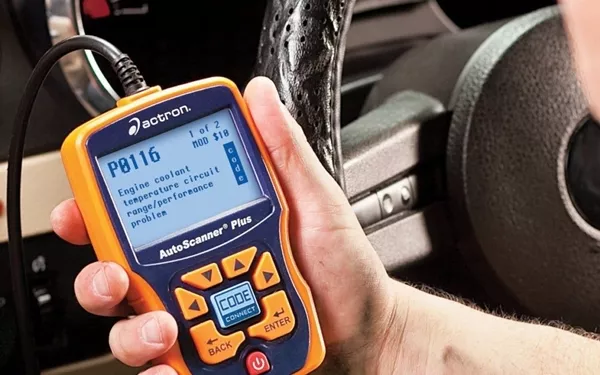
To use a car code reader, it needs to be plugged into your vehicle’s OBD system
If you have a vehicle that’s built after the year 1996, you should be able to find the OBD connector easily. It should just be under the dash, right next to the steering column. There are rare cases, however, that it’s located behind a panel. The panel in the dash is a good place to look. You may also want to peek behind the compartment of the ashtray.
5. Step-by-step instructions on how to use a car code reader
To make the process a tad easier to understand, we made the steps easier for you. Just follow the arrangement we prepared below. After that, you should be good to go.
Step 1. Locate your vehicle’s OBD port
You should be able to locate the OBD port if you follow the above suggestions. But if not, look through your manual. It will most likely have the answer.
Step 2. Plugin the car code reading device’s OBD connector to the dedicated OBD port
After you found the port, just plug in your car code reader. It’s that simple.
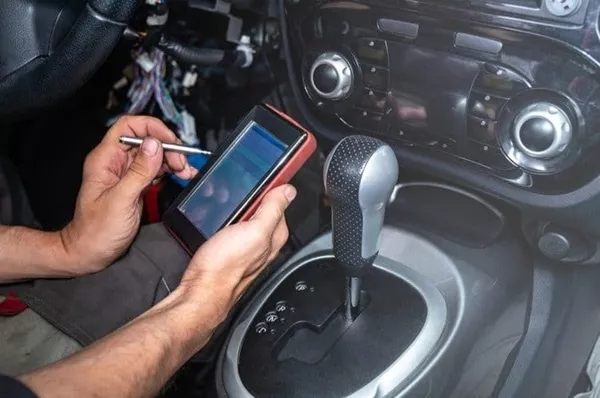
After you found the port, just plug in your car code reader. It’s that simple
>>> FYI: 10 essential car gadgets for your next road trips in the Philippines.
Step 3. Turn it on
Your car code reader should turn on automatically after being plugged. If not, you can manually turn it on by pushing a dedicated button or a switch.
Step 4. Turn your key
Take your car keys. Stick it into the ignition. Then, turn it to the “accessory position.” This will make sure that the accessories in your car are powered without humming the engine.
Step 5. Follow further instructions
Once the reader is in sync with your car, it should prompt you to do particular actions. This will be relatively easy. All you have to do is read and understand the prompts. Then, just follow it until you’re done.
Recent posts
- Early Warning Device for cars: Must-have safety tool for every Pinoy driver Aug 18, 2023
- The best Volvo innovations and their latest Care Key for teens Nov 30, 2022
- Top 5 advanced car gadgets to prevent in-car heat stroke for children Nov 08, 2022
- 5 essential car gadgets that every parents need for their vehicles Aug 09, 2022
- Can ECU remapping damage your car's engine? Nov 30, 2022












